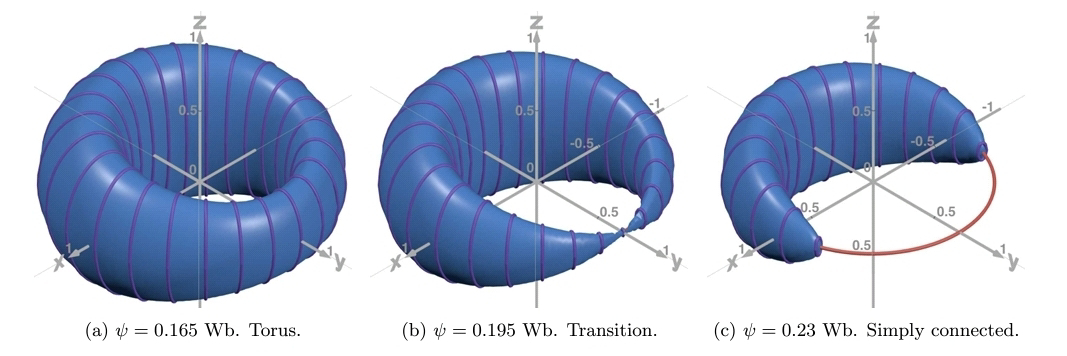<< When particles of a few tens of microns are spread on the surface of water, they aggregate under the action of capillary forces and form a thin floating membrane, a particle raft. >>
<< For a sufficiently strong wave amplitude, the raft breaks up progressively by developing cracks and producing fragments whose sizes decrease on a timescale long compared to the period of the wave. (AA) characterize the breaking mechanisms. >>️️
<< The visual appearance of the fragments distributed in size and surrounded by open water bears a notable resemblance to the floes produced by the fracturing of sea ice by waves in the polar oceans. Fragmentation concepts and morphological tools built for sea ice floes can be applied to (AA) macroscopic analog, on which the entire dynamic evolution is accessible. However, the mechanics of the two systems differ, as (AA) particle raft breaks due to the viscous stresses, whereas the sea ice fractures due to its bending by the waves. >>️
Louis Saddier, Ambre Palotai, et al. Breaking of a floating particle raft by water waves. Phys. Rev. Fluids 9, 094302. Sep 27, 2024.
Also: 'crack', 'particle', in https://www.inkgmr.net/kwrds.html
Also: 'break' in https://flashontrack.blogspot.com/search?q=break
Also: 'raft' in https://flashontrack.blogspot.com/search?q=raft
Also: 'zattera' (quasi-stochastic poetry) in https://inkpi.blogspot.com/search?q=zattera 'randa' (quasi-stochastic poetry) in https://inkpi.blogspot.com/search?q=randa
Keywords: gst, crack, break, particle, raft, particle raft








